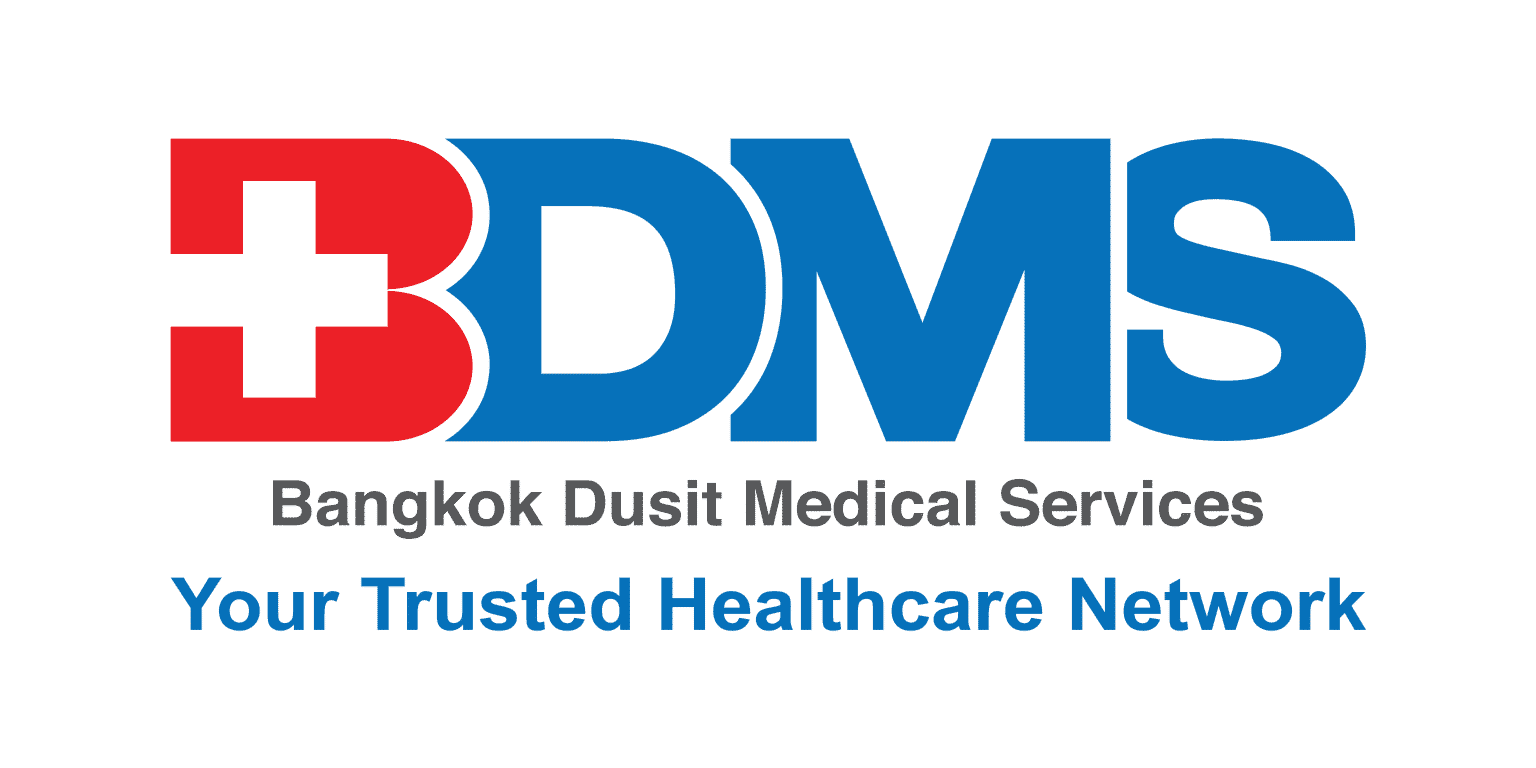
RSV, Respiratory Syncytial Virus, is a respiratory tract infection that should not be overlooked, as it can lead to severe illness. It’s a common illness, especially among infants, the elderly, and those with underlying health conditions.
RSV Short for Respiratory Syncytial Virus
RSV primarily affects infants, with over 90% of cases occurring within the first two years of life. It often causes infections in both the upper and lower respiratory tract, particularly in infants under 3 years old. Lower respiratory tract infections can be severe, requiring hospitalization, and may lead to recurrent wheezing episodes. This can be distressing for parents, especially if they have premature infants or children with underlying health conditions. RSV infections can also lead to bronchiolitis or pneumonia, and in severe cases, can be life-threatening. RSV is most prevalent during the rainy and winter seasons and can lead to multiple infections, increasing the risk of severe complications.
What are the symptoms of an RSV infection?
Symptoms of RSV infection resemble those of common colds, starting with fever, cough, sore throat, nasal congestion, runny nose, and fatigue. In infants and young children, particularly those with underlying health conditions, symptoms can be severe, such as rapid breathing, difficulty breathing, or refusal to feed.
Severe cases of RSV may require hospitalization, including oxygen therapy or mechanical ventilation.
Groups at high risk for RSV include:
- Preterm infants
- Children under 3 years’ old
- Adults over 60 years’ old

Individuals with underlying health conditions such as heart disease, lung disease, or immunodeficiency
Those who have close contact with RSV-infected individuals
How to effectively prevent RSV
RSV is easily transmitted through respiratory droplets from coughing, sneezing, talking, or direct contact with contaminated surfaces. It often spreads during rainy and winter seasons and can result in repeated infections, increasing the risk of severe complications.
Preventive measures for RSV include frequent handwashing with soap and water, wearing masks when in close contact with infected individuals, avoiding close contact with sick individuals, and not sharing personal items. Regular cleaning of frequently touched surfaces with disinfectant is also recommended.
How can you tell if it's RSV or the flu? (Influenza)
Currently, there is no vaccine for RSV, but there are preventive options available to reduce the severity of RSV infections in high-risk infants and young children. Monoclonal antibody therapy can be administered to reduce the severity of the disease and prevent hospitalization.
Distinguishing between RSV and influenza can sometimes be challenging as their symptoms can overlap. Therefore, consulting a healthcare professional and undergoing viral testing at a hospital can ensure accurate diagnosis and appropriate treatment.
Community outbreaks of RSV should be closely monitored as they pose a health risk to vulnerable individuals. Adhering to preventive measures rigorously can reduce the risk of infection and severity of the disease in high-risk groups.



